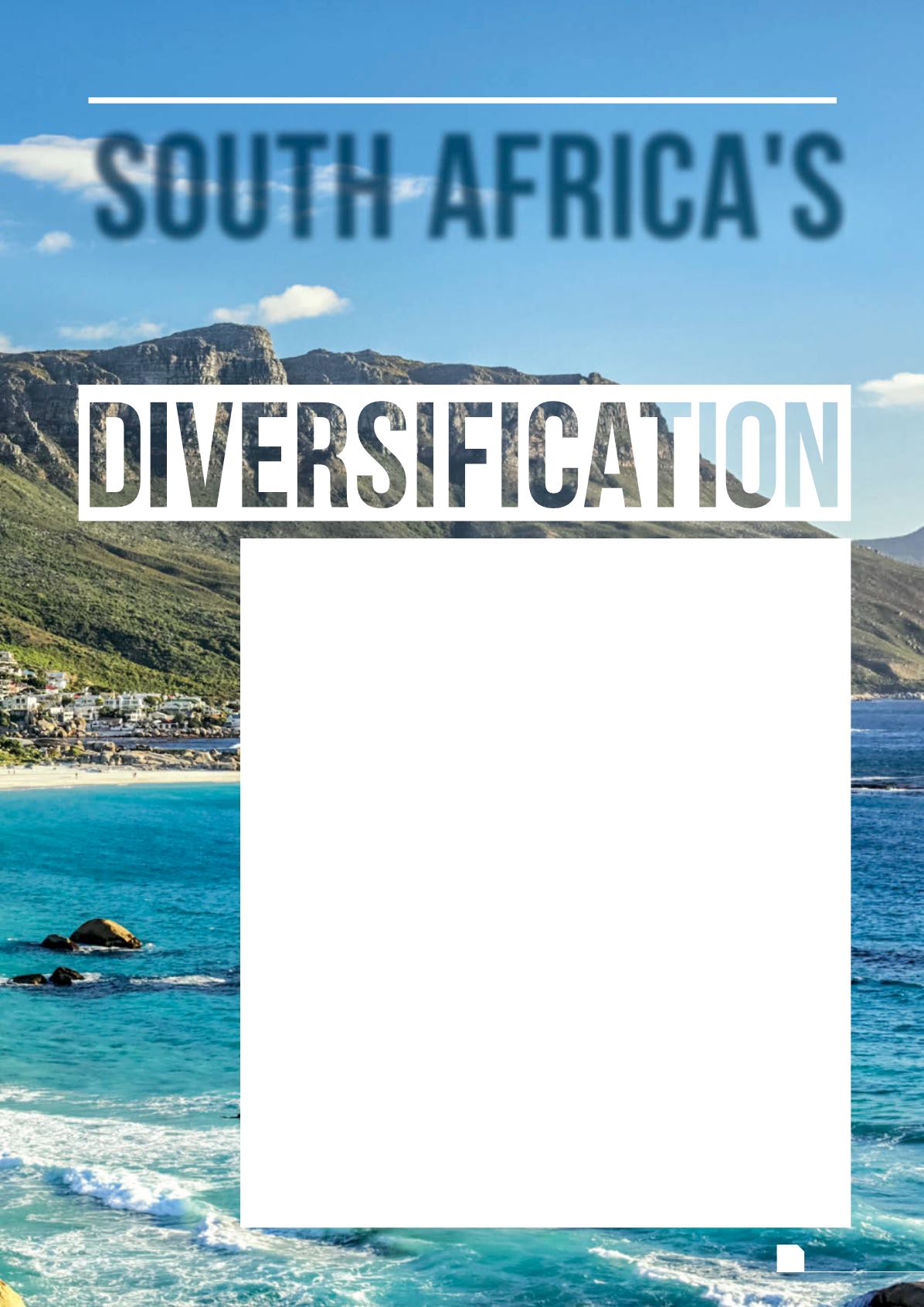
June
2016
13
HYDROCARBON
ENGINEERING
S
outh Africa’s oil and natural gas sectors tend to be overshadowed by the coal industry, because
coal provides for over 70% of the country’s primary energy needs. In the past, however, coal’s
share of the primary energy mix has been above 80%, so considerable effort has been made to
diversify the energy industry. A number of initiatives and programmes have been launched to
expand oil and gas production, and, in recent years, a significant shale gas resource has been identified.
With international crude oil prices at a low ebb, however, there is less incentive to develop these
reserves. This is not to say that it cannot be done. South Africa has a history of developing
unconventional energy resources in its bid for greater self-sufficiency, and the country has shown its
ability and determination to invent and employ technology to diversify its fuel mix. It may be that
South Africa will continue its success in this field, despite low oil prices.
This article focuses on South Africa’s energy sector, with emphasis on liquid fuels. But, when
discussing South Africa’s energy markets, one must bear in mind, even when it is not about coal, it is
about coal. In Africa, South Africa is the second largest economy, the largest consumer of energy, and
the largest emitter of carbon dioxide. British Petroleum (BP) places South Africa’s carbon dioxide
emissions at 452.2 million t in 2014, making it not only the largest emitter in Africa, but also the largest
emitter in the world. For purposes of comparison, the UK is number 14 on the list, and Australia is
number 16. Therefore, although South Africa has a developed and skillful energy sector, its costs are
relatively high, and it has a large carbon footprint.
Dominance of coal in primary energy
Figure 1 presents the long term trend in South Africa’s commercial primary energy use by fuel type, with
the percentage contributed by coal shown in the overlay. Coal typically has provided for 75 - 80% of
South Africa’s primary energy requirements, and only since 1996 has coal’s share been reduced to the
71 - 75% range. During the oil price shocks, coal was promoted as a substitute for imported oil, since the
country had had such limited success in oil prospecting on the domestic front.
Primary energy demand grew at rates averaging 4 - 4.5% during the 1960s, 1970s and 1980s. Growth
in consumption slowed to 1.6%/y during the 1990s, and it picked up to 2.3%/y from 2000 - 2010.
Between 2010 and 2014, primary energy use has been roughly flat, amounting to 126.4 million tonnes of
oil equivalent (toe) in 2010, and 126.7 million toe in 2014. Coal use has subsided slightly, replaced mainly
by imported oil and an increase in nuclear power generation. South Africa started generating nuclear
electricity in 1984. There has also been interest in renewable energy sources. Their use has grown swiftly,
but from such a small base that their total contribution was less than half of 1% in 2014.
SOUTH AFRICA'S
Nancy Yamaguchi, Contributing Editor,
examines the oil and
gas sector in South Africa, a market that, in recent history, has
been invariably overshadowed by coal.
ENERGY


